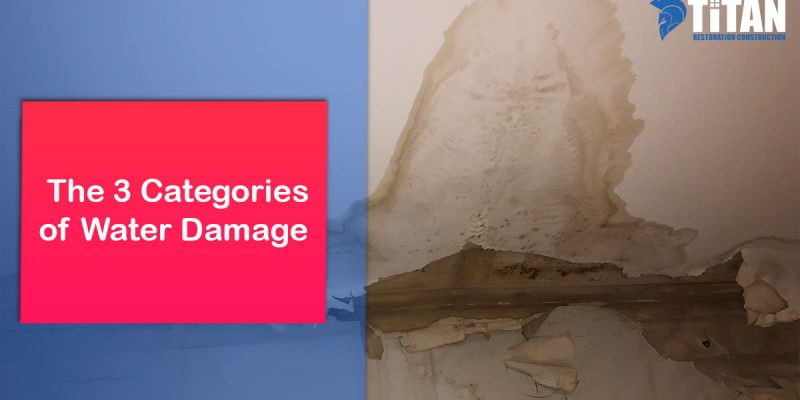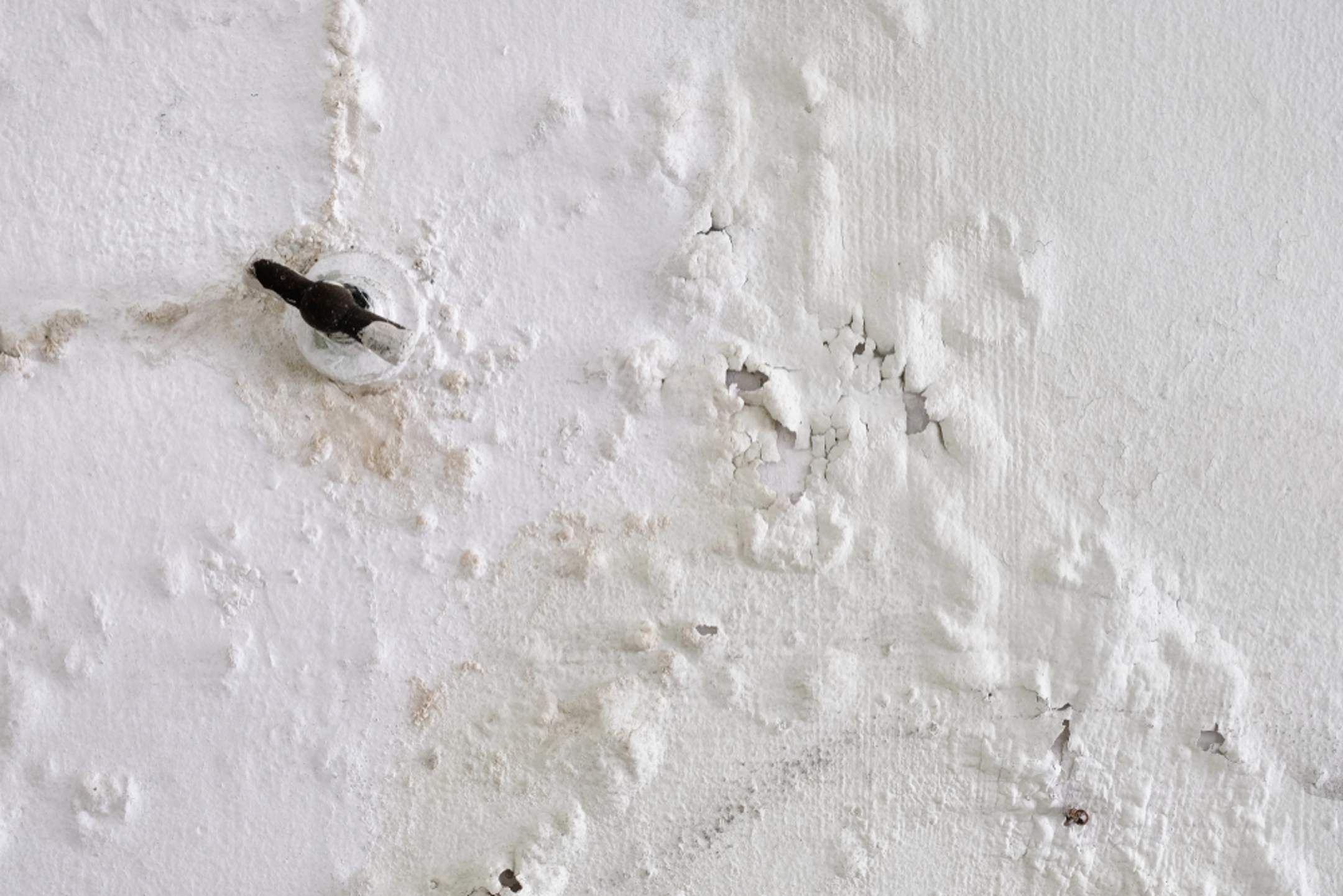Immediate Water Extraction Services to Prevent Structural Damage
Immediate Water Extraction Services to Prevent Structural Damage
Blog Article
The Process of Water Damages Clean-up: Ensuring Your Home Is Restored Properly
Water damages can be an overwhelming obstacle for home owners, demanding a structured and meticulous cleanup procedure to bring back safety and functionality. damage restoration services. Following this, reliable water removal strategies play a crucial function in minimizing more harm.
Analyzing the Damages
Upon finding water damage, the initial step is to completely evaluate the level of the impact. This preliminary examination is critical, as it assists determine the necessary steps for efficient cleanup and remediation. Begin by checking the affected locations, consisting of walls, ceilings, floors, and personal belongings, to determine the source of the water breach, whether from flooding, leakages, or condensation.
Documenting the damages is important for both insurance claims and intending restoration initiatives - damage restoration services. Use pictures and composed notes to record the seriousness of the damage, keeping in mind any kind of afflicted architectural elements and materials. Pay unique attention to locations that may not be promptly noticeable, such as behind walls and under carpetings, as concealed dampness can lead to additional problems, consisting of mold and mildew development
In addition, analyze the timeline of the water direct exposure. The longer the materials remain wet, the greater the potential for damages. Recognizing the period of exposure will educate the necessity of remediation initiatives. Eventually, a comprehensive analysis lays the groundwork for a successful water damage cleanup procedure, making sure that all impacted locations are dealt with efficiently and completely.
Water Extraction Techniques

Professionals normally employ submersible pumps for bigger quantities of water, which can swiftly ease flooding in basements or various other affected locations. For smaller sized quantities, wet/dry vacuum cleaners are typically utilized to remove residual dampness from carpetings and tough surfaces. Additionally, using portable extractors enables targeted removal in restricted rooms or areas with delicate products.
In instances of polluted water, such as sewer or floodwater, progressed removal techniques might entail making use of biohazard devices to ensure safety and security and conformity with health and wellness regulations. High-powered removal tools are crucial in lessening water retention in architectural materials, which can result in mold growth and architectural degeneration otherwise resolved quickly.
Inevitably, the efficiency of water removal techniques plays a critical function in the total success of the water damages cleanup procedure, laying the foundation for succeeding remediation efforts.
Drying and Dehumidification
When standing water has been efficiently removed, the following vital phase in the water damage clean-up process is drying and dehumidification. This action is vital to protect against additional damages and mold growth, which can occur within 24 to two days in wet atmospheres.
To achieve efficient drying out, customized tools such as industrial-grade air moving companies and dehumidifiers is utilized. Air moving companies distribute air across damp surfaces, improving dissipation rates, while dehumidifiers reduce moisture levels airborne, promoting a favorable setting for drying. The mix of these tools makes certain that moisture is extracted from furnishings, walls, and floorings, permitting them to dry thoroughly.
It is essential to keep track of the drying out process carefully. Experts frequently utilize dampness meters to analyze the moisture material in different materials, making certain that all influenced locations get to acceptable dry skin degrees. This thorough method helps to avoid surprise wetness pockets that might cause architectural damage or harmful mold and mildew growth.

Cleaning and Sterilizing
After the drying out and dehumidification phase is full, the following essential action in water damage clean-up is cleaning up and disinfecting the influenced locations. This process is vital to stop the development of mold, microorganisms, and other pathogens that prosper in wet environments.
The cleansing phase typically includes getting rid of any type of particles, dust, and contaminants from surface areas making use of specialized cleaning representatives. For hard surfaces, a mix of soap and water or business cleaning items is commonly utilized. Soft products, such as furniture and carpetings, may require more considerable cleansing approaches, including heavy steam cleansing or deep extraction techniques, to ensure detailed hygiene.

Sterilizing adheres to cleansing, making use of EPA-approved disinfectants to Get More Information get rid of dangerous microorganisms. This step is necessary, specifically in locations that may have come right into call with floodwaters or sewer, as these resources can pose severe wellness threats.
Furthermore, it is very important to attend to any kind of continuing to be odors, which may call for using odor neutralizers or sophisticated techniques like ozone treatment. Appropriate cleansing and sanitizing not only restore the safety and security and hygiene of your home however additionally prepared for successful remediation and fixings in succeeding stages of the water damages cleanup procedure.
Remediation and Fixings

As soon as the analysis is full, restoration efforts can begin. This typically includes fixing or changing broken materials, making certain that all work abides by neighborhood building ordinance and requirements. If drywall has been jeopardized, it will certainly need to be removed and changed with brand-new material. In addition, flooring may require comparable interest, depending on the degree of water exposure.
It is essential to involve knowledgeable reconstruction specialists throughout this procedure, as they possess the know-how to manage complex repairs efficiently. Furthermore, they can assist mitigate possible future concerns, such as mold development or structural instability, therefore guaranteeing a safe and habitable living setting. Eventually, effective remediation and repairs restore the home's honesty and improve its overall worth.
Final Thought
Finally, the procedure of water damage clean-up is crucial for recovering a home to its pre-damage problem. Each phase, from analyzing the damages to executing effective water removal methods, complied with by detailed drying, disinfecting, and required repair work, plays an important my latest blog post function in guaranteeing safety and security and conformity with building standards. Efficient implementation of these steps not just mitigates instant damages but likewise boosts the long-term stability and worth of the property.
Water damage can be a challenging challenge for house owners, necessitating a thorough and structured cleanup procedure to bring back security and performance. Ultimately, an extensive assessment lays the foundation for an effective water damage cleanup process, guaranteeing that all affected areas are attended to effectively and thoroughly.
Reliable water extraction methods are important in reducing damage and avoiding further issues complying with a water intrusion occasion.In verdict, the process of water damage cleaning is vital for recovering a home to its pre-damage problem. Each stage, from assessing the damages to applying effective water removal methods, followed by thorough drying out, sterilizing, and required repair work, plays a crucial role in ensuring safety and conformity with structure requirements.
Report this page